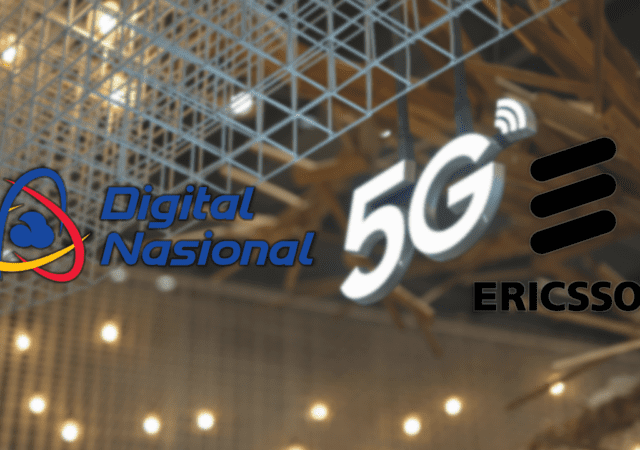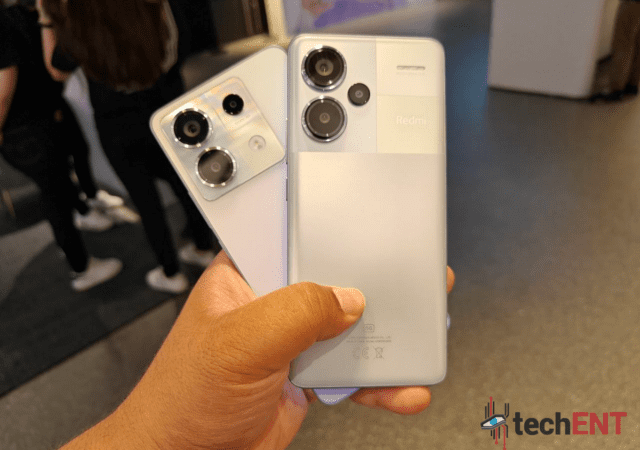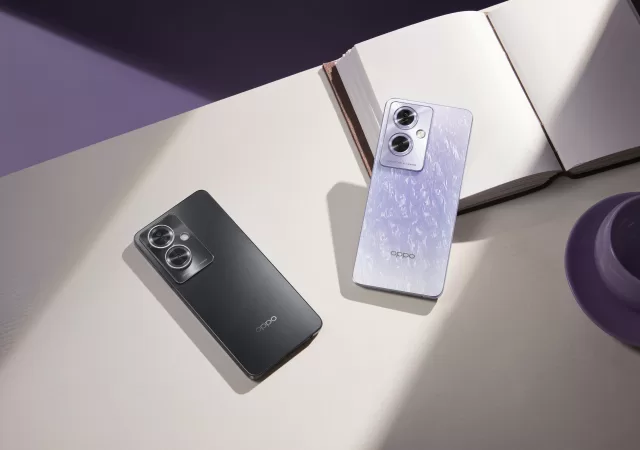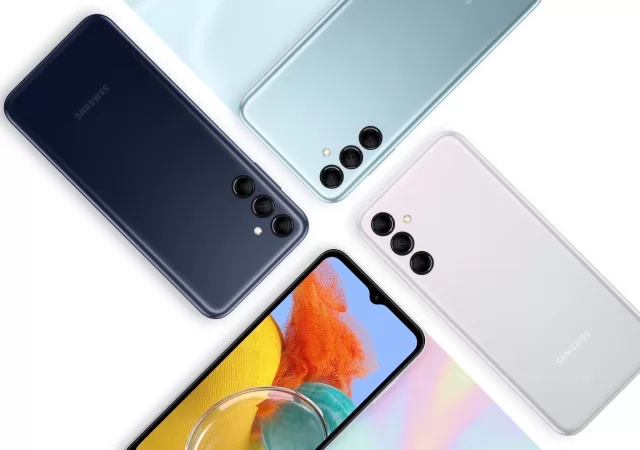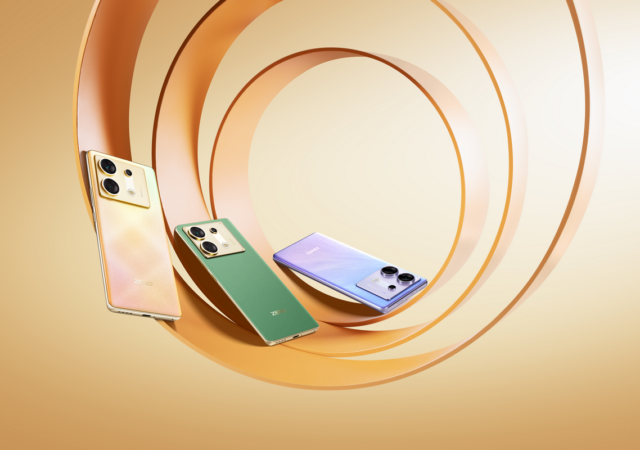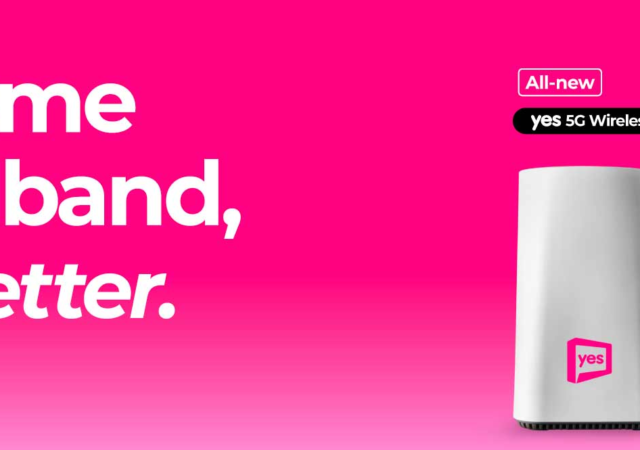Malaysia is poised for a digital revolution, and at the forefront of this transformation is a powerful combination: a world-leading 5G network and a collaborative program designed to unlock its potential for businesses. Digital Nasional Berhad (DNB) and Ericsson have…
Realme Unveils the Realme 12x 5G in Malaysia
Realme has launched the Realme 12x 5G, a powerful new smartphone designed for the masses. Living up to their “5G for Everyone” motto, the Realme 12x 5G boasts impressive performance, an AI Boost feature, and a smooth 120Hz display, all…
Lenovo & Austral Techsmith Join Forces to Revolutionize Smart Cities in Malaysia
Lenovo and Austral Techsmith join forces to bring next-generation video analytics to Malaysian cities through their strategic partnership and innovative 5G smart poles.
Xiaomi Unveils the Redmi Note 13 Series with Killer Specs at Killer Prices
Xiaomi unveils its new mid-range champion the Redmi Note 13 Series with large camera sensors, powerful processors and large displays.
How Technology Changes Company Thinking And Company Performance
This article is contributed by Varinderjit Singh, General Manager, Lenovo Malaysia While I think most of us would expect large organizations to include forward-thinking technology in their overall business strategies, we’re starting to see this with SMBs as well, including…
CelcomDigi’s New Postpaid Plans Offer Converged 4G, 5G & Fibre Connectivity For as Low as RM260
CelcomDigi unveiled its new Postpaid 5G plans with streamlined offerings with 5G speeds starting from 100Mbps starting from RM80.
OPPO A79 5G Released in Malaysia; Priced from RM1,199
Check out the new OPPO A79 5G with 8GB RAM, 256GB of internal storage, Dynamic Computing Engine and the unique Glowing Feather Design with a Diamond-like finish. Get your OPPO A79 5G today!
Samsung Galaxy M14 5G Now Available with Pakej 5G Rahmah
Introducing the Samsung Galaxy M14 – an affordable 5G device ready for gaming & productivity. Get 6GB of RAM, 128G internal storage & Exynos 1330 processor with 4.7x performance.
Infinix Unveils the Infinix ZERO 30 5G at Venice Film Festival
Infinix unveils the Infinix ZERO 30 5G at the Venice Film Festival with a focus on content creation and self-expression.
YES 5G Revamps 5G Broadband Plans with Unlimited Data
YES 5G revamps its 5G wireless broadband packages with unlimited data and uncapped speds for as low as MYR58 a month.



